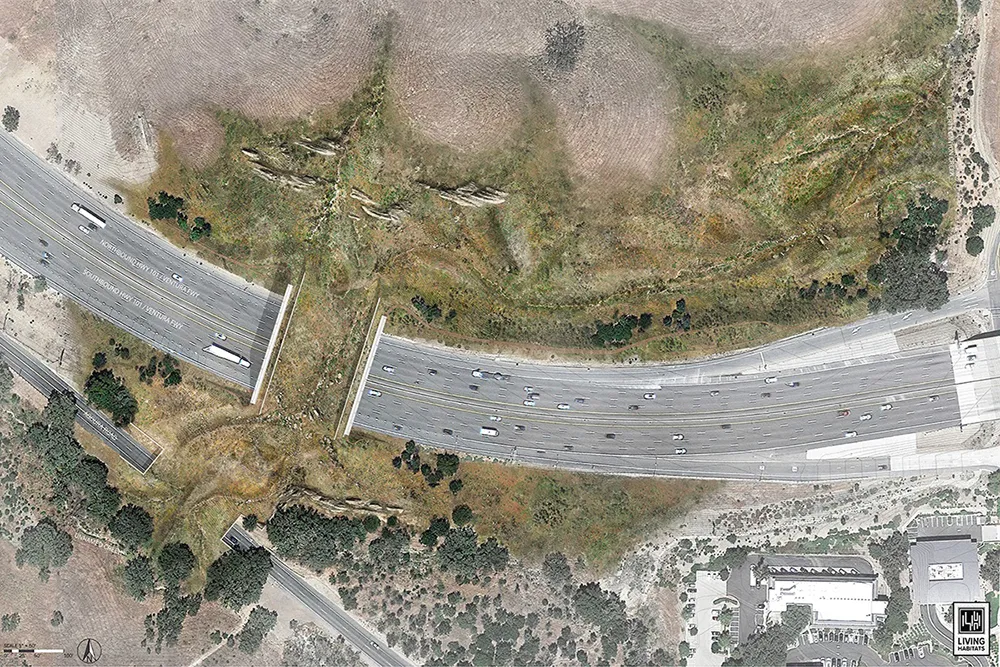Highways England has appointed six joint-venture companies to design and build ten smart motorways across England as part of a US$2.3 billion investment.
Three of these projects will start in autumn this year: two in the Midlands on the M1 J19 to J16 in Northamptonshire and the M5 J4a to J6 in Worcestershire, and one in the north-west on the M6 J16 to J19 near Stoke-on-Trent.
The smart motorway schemes, part of the US$23 billion government investment Highways England is delivering between now and 2021
July 23, 2015
Read time: 3 mins
Three of these projects will start in autumn this year: two in the Midlands on the M1 J19 to J16 in Northamptonshire and the M5 J4a to J6 in Worcestershire, and one in the north-west on the M6 J16 to J19 near Stoke-on-Trent.
The smart motorway schemes, part of the US$23 billion government investment Highways England is delivering between now and 2021, will see 292 extra lane miles added to motorways. The hard shoulder will be converted to a traffic lane and signing and technology will tell drivers what speed to drive at, if lanes are blocked or closed and about incidents up ahead.
Construction contractors appointed are
Valued at up to US$2.4 billion in total, this is the second major procurement to be awarded under the company’s Collaborative Delivery Framework (CDF). The first was the appointment of designers and contractors for the A14 Cambridge to Huntingdon improvement which was announced in June.
The Balfour Beatty and Vinci joint venture has won a construction package including delivery of the M5 J4a to J6 smart motorway in Worcestershire, starting this autumn. They have also been appointed to construct two future schemes: the M6 J2 to J4 in the Midlands, expected to start work in 2017/18, and the M4 J3 to 12 in London and Berkshire due to start work in 2016/17. CHM2 and Hyder joint venture have been appointed as the designers for these two future schemes.
The Costain and Galliford Try joint venture has won a construction package including delivery of the M1 J19 to J16 smart motorway in Northamptonshire, starting this autumn. They have also been appointed to construct two future schemes: the M1 J24 to J25 in the East Midlands, and the M1 J13 to 16 in Bedfordshire and Northamptonshire, both expected to start work in 2016/17. Amey and Arup joint venture have been appointed as the designers for these two future schemes.
The Carillion and Kier joint venture has won a construction package including delivery of the M6 J16 to J19 smart motorway in Staffordshire and Cheshire, starting this autumn. They have also been appointed to construct three future schemes: the M6 J13 to J15 in Staffordshire, the M20 J3 to J5 in Kent, and the M23 J8 to J10 in Surrey and West Sussex, all expected to start work 2017/18. Jacobs and Atkins joint venture have appointed as the designers of these three future schemes.
Roads minister, Andrew Jones, said: “As part of our long-term economic plan, we are investing more than US$2.3 billion over the next five years in upgrading congested sections of motorway. This means better journeys for millions of people across the country, easier access to jobs, and stronger links between towns and cities. This is good for the economy and good for Britain.”
Highways England smart motorway programme director, Andy Watson, said: “We have awarded these contracts to the companies who demonstrated to us they will work together, across all the projects, not just the ones they have been awarded. They proved they are driven to get the best results on price, quality and on reducing impact on road users: keeping the motorways flowing while they construct these vital improvements.”









